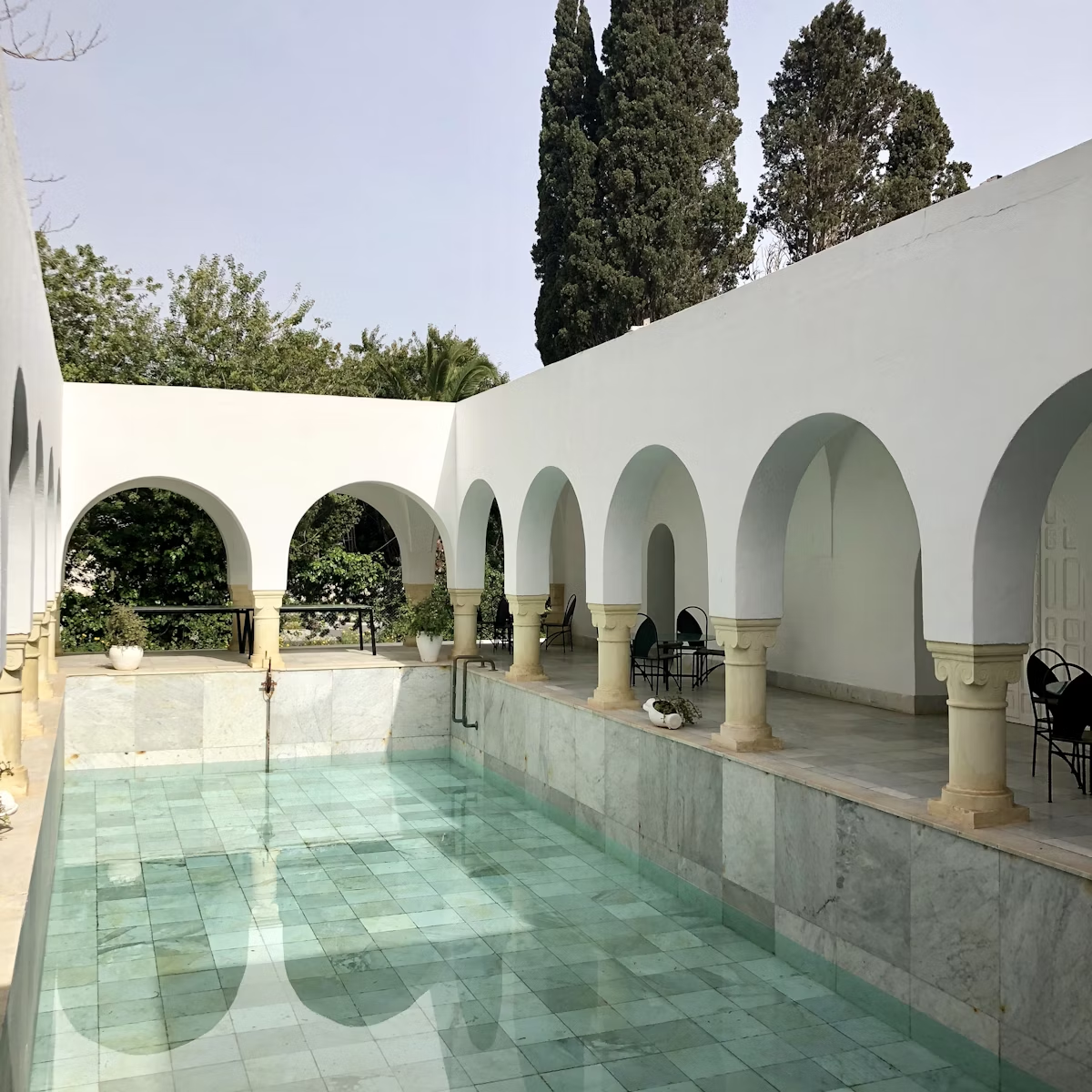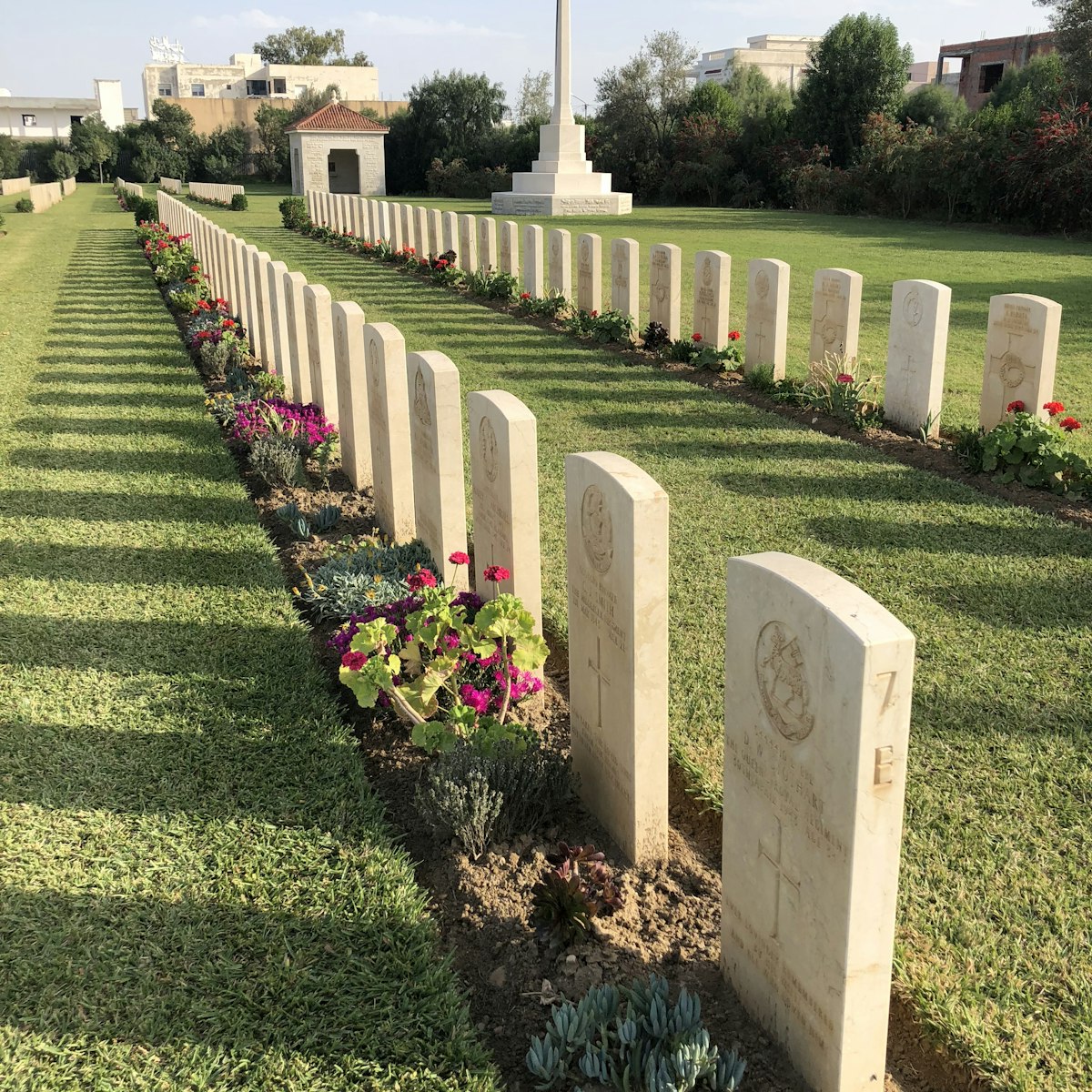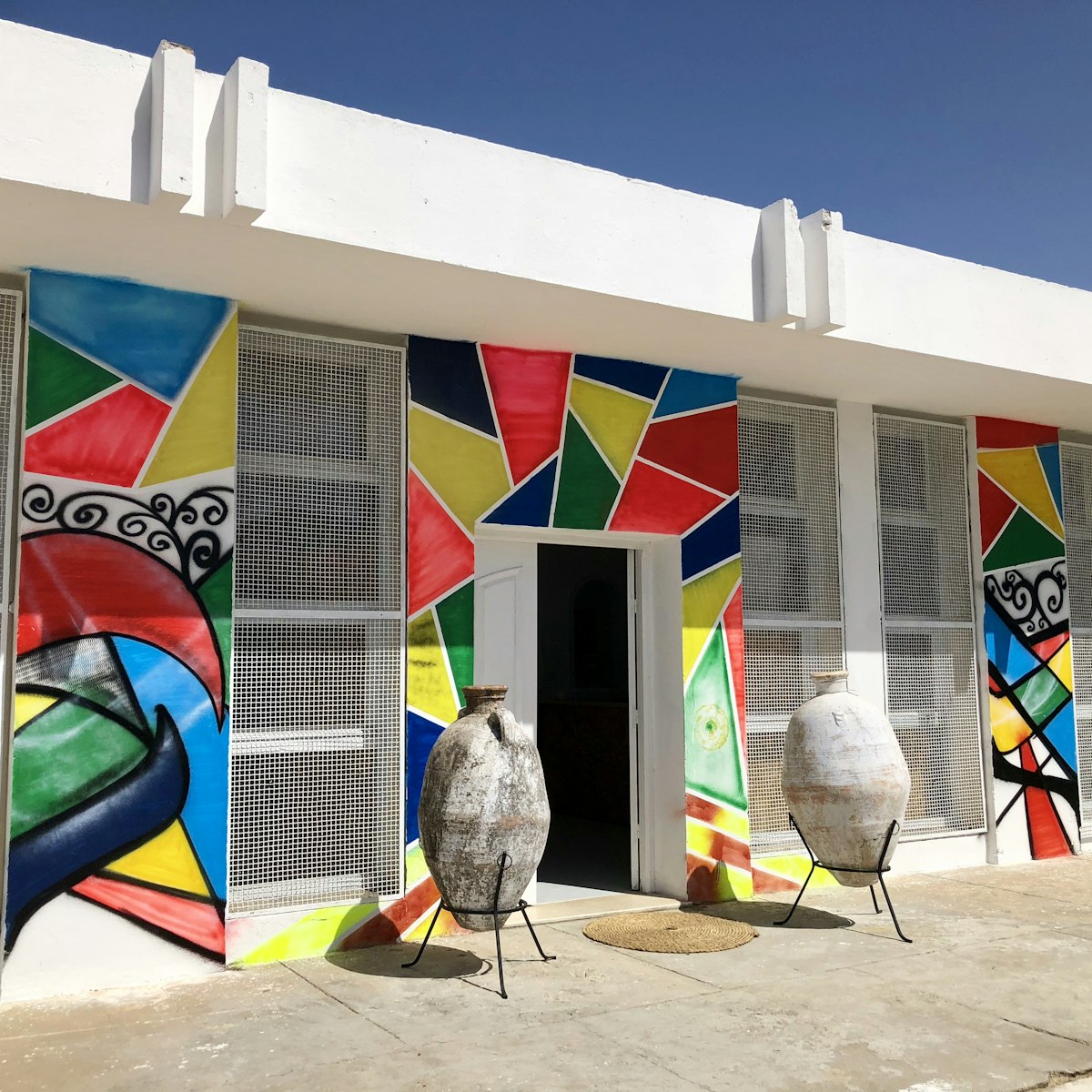Present-day Nabeul owes its name to Neapolis, the Arabic transliteration of the Greek word for ‘new city'. Established by seafaring traders in the 5th century BC, this outpost was taken over by the Carthaginians, destroyed during the Third Punic War and later re-established as a Roman town. Its main industry was the production of garum, a spicy condiment made from fermented fish guts. The large site has two slightly underwhelming excavations to view: the House of Nymphs and a fish-processing factory.
The block-long Nympharum Domus (House of Nymphs) had 20 colourful mosaic-lain rooms arranged around a central garden, which contains a semicircular basin inlaid with mosaics of the head of the god Oceanus and motifs of fish, dolphins and lobsters.
Closer to the seashore lies the excavated 2m-deep vats of the garum factory, where the intestines of sardines, mackerel and mullet were liquefied, fermented and left to dry in the sun, a process so smelly that it was illegal to do in private homes. When the factory was discovered centuries later, the basins still contained amphorae full of fish bones.
The excavations have a few signs, especially around the fish-processing factory, but you'll find most of the mosaics and more information in town at Musée Archéologique de Nabeul.
There’s also a clean, attractive stretch of beach behind the site, where, just offshore, archaeological diving expeditions in 2017 discovered even more of Neopolis' streets, monuments and garum tanks, though none are currently accessible to the public.








